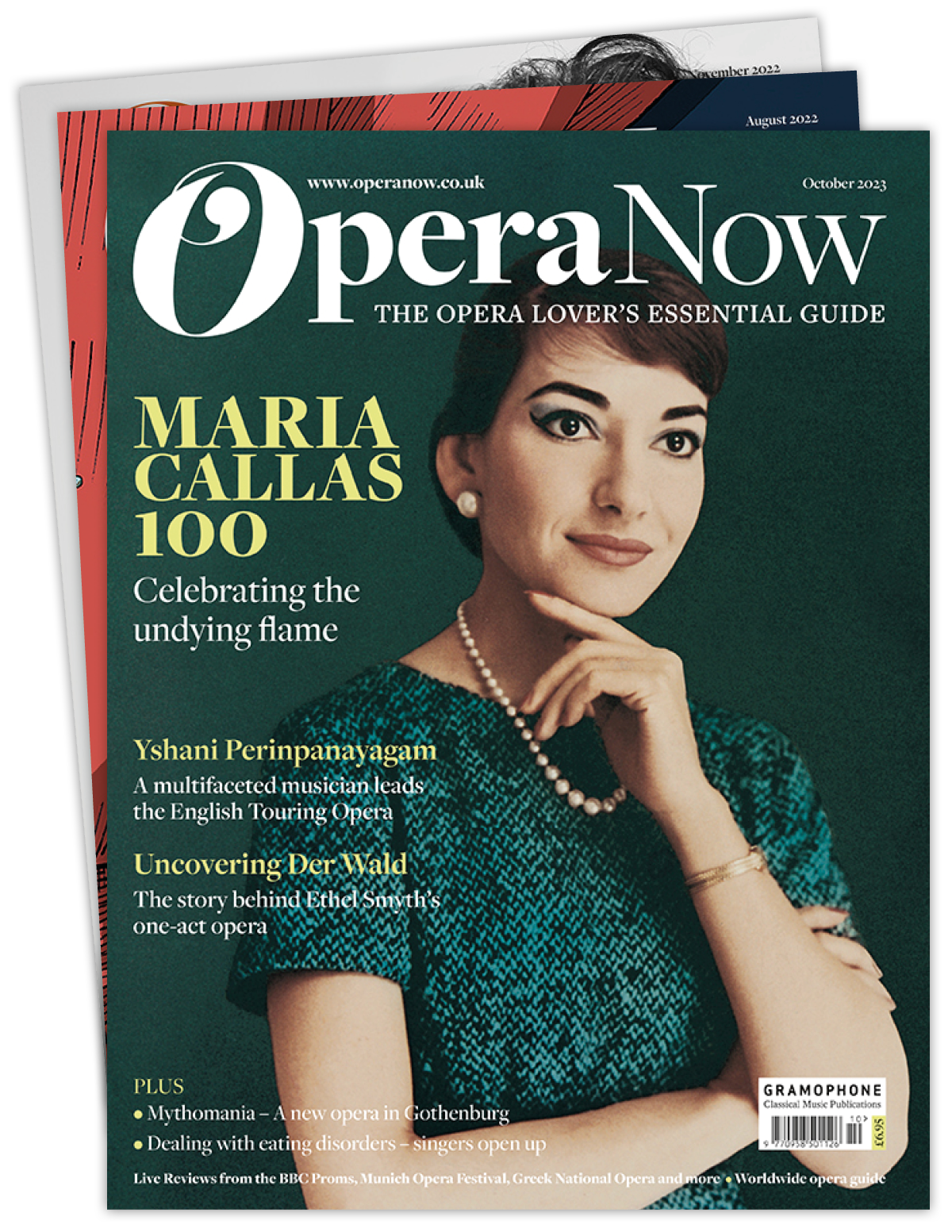Britten: Curlew River at Aldeburgh | Live Review
Claire Jackson
Tuesday, June 25, 2024
Britten's reimagining of the Buddhist play 'Sumidagwa' strikes a chord
⭐️⭐️⭐️⭐️⭐️
Officially, the lighting designer for Deborah Warner's new production of Curlew River (Aldeburgh Festival; 21 and 22 June) was Mike Gunning. Unofficially, it was the shifting Suffolk skies that drenched Blythburgh Church in changing colour. Bright evening sunshine poured through the paned windows dappling a long, thin stage that traversed the nave. As Britten's one-act 1964 opera – 'a parable for church performance' – slowly unfolded, the light winked and blinked, disappearing into pale dusk in perfect time with the story.
'The effect – as with the rest of the piece – is transformative.'
And what a tale it is. Inspired by Noh theatre after his visit to Japan in 1956, Britten reimagined the Buddhist play Sumidagwa (Sumida River) as a Western retelling set in the East Anglian fens. The plot is slowly devastating: a woman is driven out of her mind by grief after the death of her son; she embarks upon a journey with a ferryman to pray at the riverbank with some pilgrims. Their song awakens the child's spirit, prolonging the mother's agony. There is little action nor resolution – Britten's music lightly stitches the deep gash it makes.


The cast of Curlew River | Photo credit: Marcus Roth
The instrumentalists from the Britten Pears Arts Young Artist Programme were not seen but well and truly heard, with a performance as beautifully carved as the wooden arches above. The flute evokes the titular curlews – and the occasional gull – soaring over the reedy marshes. The storybook elements present in Britten's early work are here: a piano and flute glissandi motif is used every time the Ferryman dips his oar, for example.
These seemingly innocuous aspects offset the emotional weight of the vocal parts, sung by a stellar cast. Willard White's Abbot filled the space with ease; Duncan Rock's Ferryman was worthy of Dante's Inferno. The central three-plank stage had a practical purpose: without tiered seating it meant there was a better chance of seeing something – but, more importantly, it provided space for the pilgrims' progress. They walk solemnly for the Te lucis ante terminum, a plainsong that reappears in various guises throughout the work.


Britten's Curlew River at Aldeburgh | Photo credit: Marcus Roth
Perhaps the physical demands of the performance informed the choice of footwear – the pilgrims don trainers with their habits, giving the air of a school play. It's perfect for Britten. Ian Bostridge, wearing a filthy-looking bright skirt and corduroy jacket, clutches a soiled sleeping bad and a broken umbrella. In combination with Bostridge's convincing performance, the effect is deeply unsettling. I have met women who look like this; I suspect the creative team has too. 'Raving and all alone... Love for my child confuses me,' sings Bostridge. The role would be better titled 'parent'. Several people have to look away.
The church bell strikes gently, firmly, lightly. This immersive aspect is reminiscent of the 2013 Grimes on the Beach, and no doubt part of the interest for Ad Lib Productions, who are filming the performance. Thank goodness – this is surely career-defining for Bostridge, who was eerily Pears-like in his impromptu appearance during the recreation of Rostropovich and Britten's 1961 Cello and piano recital (played by Alban Gerhardt and Steven Osborne). (Pears was the original Madwoman in 1964).
There was a hint of a Bonsai tree in the shrine where the pilgrims gathered. More serious context was provided earlier in the festival, when an authentic performance Sumidagawa was given by Japanese musicians. Their Shōmyō chant at Maggi Hambling's 2003 scallop shell – Aldeburgh's memorial to Britten – at sunrise on the solstice was echoed by the pilgrims' chant at Blythburgh. The space between the font and altar contracts. A child appears – their voice is sung from multiple locations around the church; the children reveal themselves only at the very end. The effect – as with the rest of the piece – is transformative.






